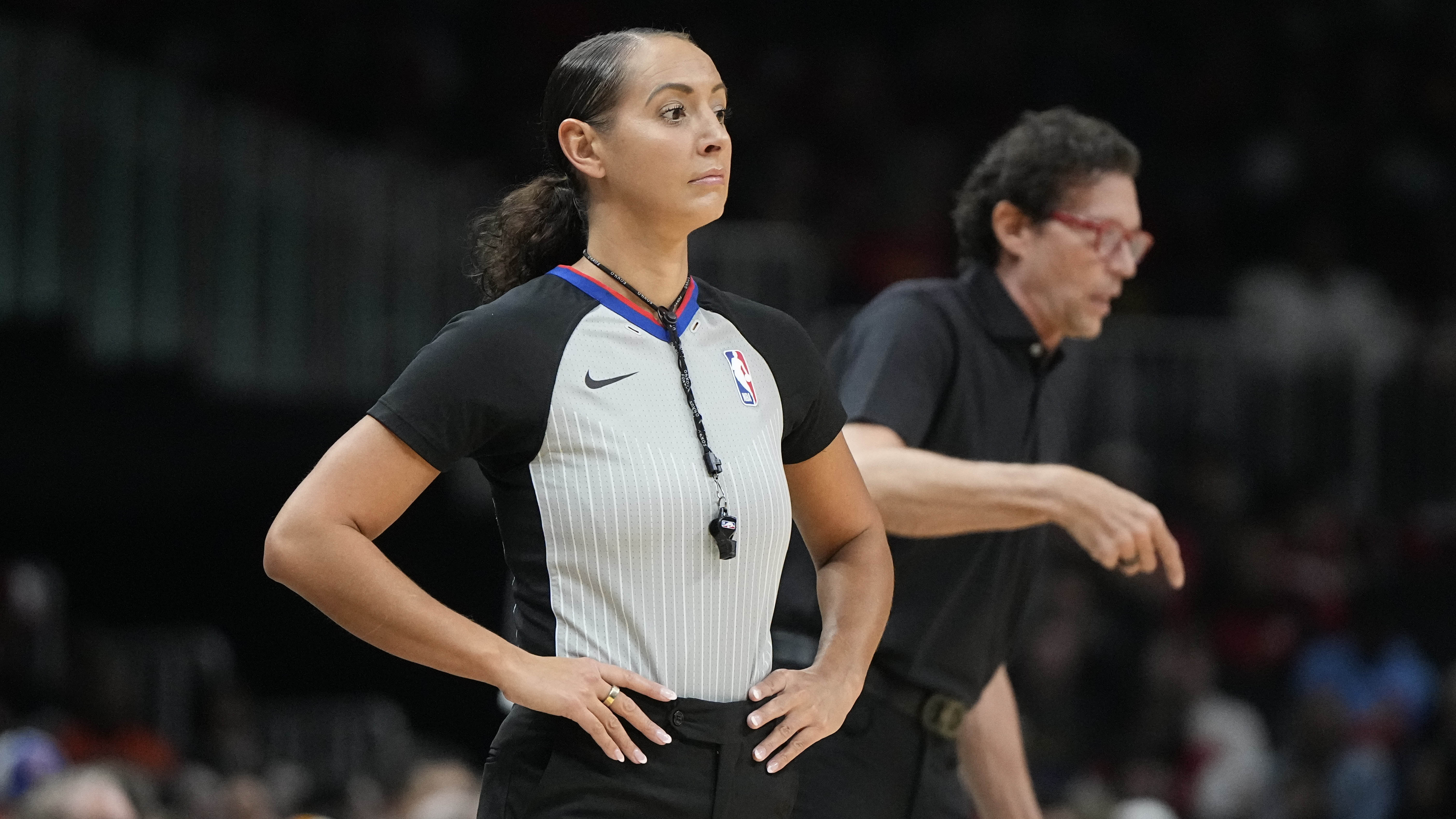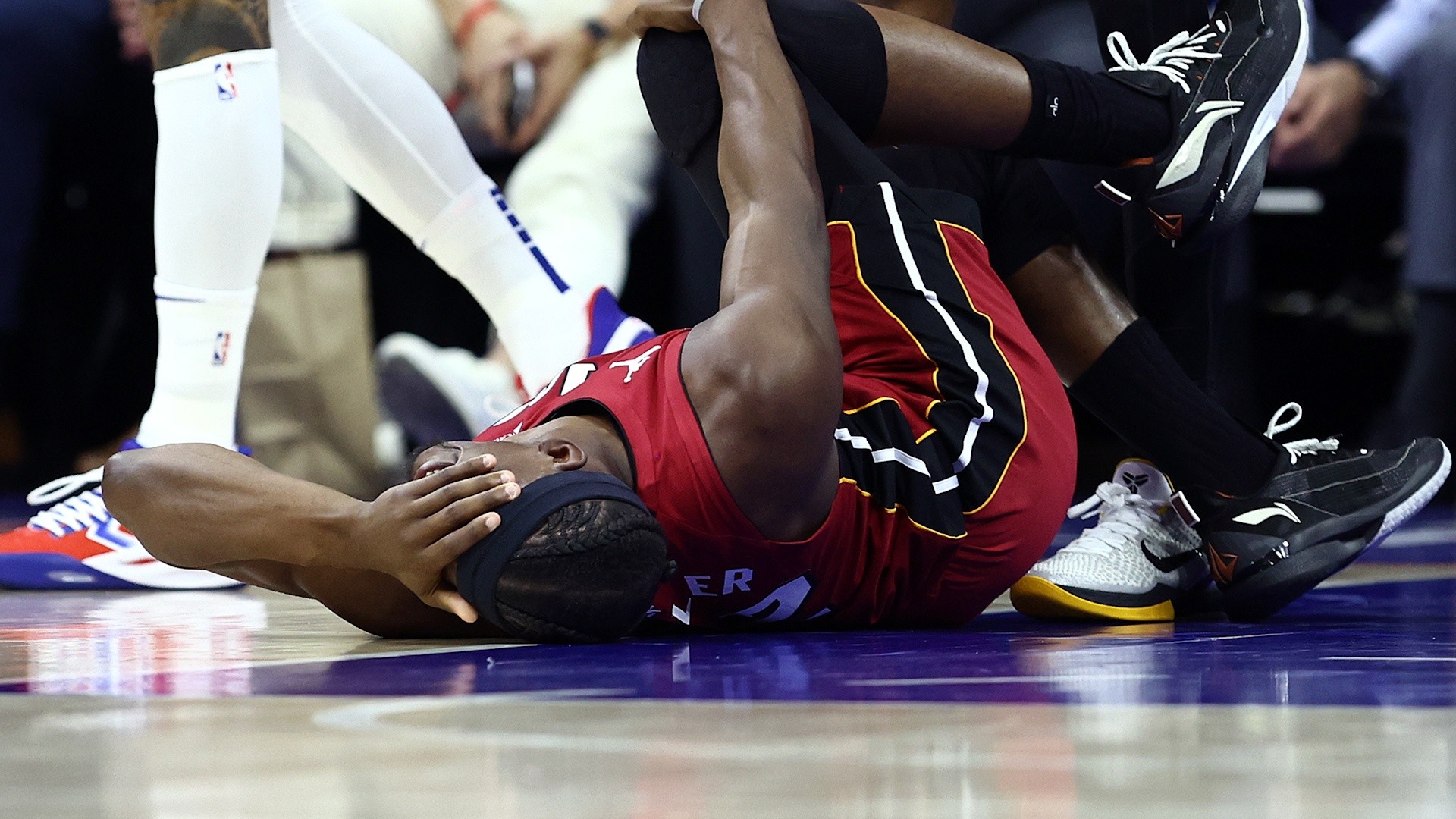Previous making the case for: Deandre Ayton | Luka Doncic | Mo Bamba | Marvin Bagley | Michael Porter Jr.
The modern NBA center is transforming. Last season 12 centers (as listed by Basketball Reference) made 50 or more 3-pointers, up from 10 players in 2016-17. The year before that, in 2015-16, five players accomplished that feat. Four players did it in 2014-15, three did it in 2013-14, and from 1990 to 2012 only Mehmet Okur (five times), Channing Frye (three times) and Byron Mullens (once) accomplished it.
Many of the names on that list, however, don’t exactly cut it on the other end. Sure, players like Joel Embiid, Al Horford and Marc Gasol are elite defenders. But repeat 50+ club members also include Karl-Anthony Towns, Marreese Speights, Kelly Olynyk, DeMarcus Cousins and Pero Antic. In other words, players Rudy Gobert won’t have to worry about contending with for Defensive Player of the Year.
But that former list – the Embiid, Horford, Gasol one – could add another member to it in the coming years. Michigan State’s Jaren Jackson Jr. was a rarity in college basketball this past season. He became the fifth player since 1992 to compile 35 or more 3-pointers and 100 or more blocks in a single season. Jackson had 38 and 106, respectively, and he accomplished those numbers in 764 minutes; the other four players on the list averaged 1,082 minutes, and the next fewest was Eddie Griffin’s 979 minutes in 2000-01.
Staying on those minutes, Jackson averaged 21.8 per game. That was decidedly fewer per game than Carter (26.9), Bamba (30.2), Ayton (33.5) and Bagley (33.9). We’ll get to why those minutes might be an issue, but for now it’s a reason to not be scared off by his lack of raw numbers (10.9 points, 5.8 rebounds, 3.0 blocks).
Jackson’s block percentage (14.2%) ranked fourth in the country. That was higher than Bamba’s 12.9%, despite Bamba tallying 3.7 blocks per game. It shouldn’t come as a surprise, then, that Jackson was elite as a rim protector. He ranked in the 99th percentile in defensive possessions around the rim, allowing a mere 0.405 PPP. To put that number in context, freshmen Joel Embiid (0.844), Karl-Anthony Towns (0.8) and Myles Turner (0.667) weren’t even close. This past season Bamba allowed a whopping 1.088 PPP in that area, ranking in the 33rd percentile nationally.
Jackson plays bigger than the 236 pounds he weighed in at last week’s NBA Draft Combine. Here’s where we tell you he’ll need to add muscle like all 18-year-olds entering the NBA (oh, he’s also the youngest first-round prospect in the class). But defending the interior shouldn’t be a problem; his defensive rebounding rate wasn’t spectacular (19.8%), but the Spartans were a solid rebounding team as a whole – 76th nationally – so Jackson didn’t need to be great for the Spartans to succeed.
NBA
Jackson is going to defend at a high level, and in five years he’ll likely be known more for his defense than his offense. But that’s not to say he doesn’t have potential on that end of the floor. He ranked in the 91st percentile in points per possession (shooting 51 percent from the floor and 40 percent from deep helps), doing his most damage in the post (1.22 PPP, 98th percentile) and on jumpers, which were almost exclusively 3-point attempts (1.09 PPP, 81st). He was even a plus on pick-and-rolls, averaging 1.11 on a limited 27-possession sample size.
But not all 3-pointers are created equally. Consider that Jackson did almost all of his damage beyond the arc from the top of the key. He went 21-for-42 from straightaway, according to Synergy Sports, an absurd percentage on that many attempts. From all other areas he went 17-for-54. But in the pick-and-roll era, Jackson’s ability to pop out to the top of the key after setting a screen, and his confidence to take and make those shots, is priceless.
He needs polish on both ends. That seems like the easy way out, and a generic statement that could be made for all these prospects. But so much of his game is still raw; again, there’s a reason he played just 54 percent of all available minutes, and tallied 15 minutes in the Spartan’s NCAA Tournament loss to Syracuse.
He committed 5.9 fouls per 40 minutes (Bamba committed 4.3, for reference) and he shot just 48 percent on non-dunks inside 6 feet. His post numbers were good because he is nearly 7 feet tall and was always one of the most talented players on the floor. It’ll get tougher at the next level, and he’ll need to improve his feel around the rim as well as his post moves.
It doesn’t appear likely at this point, but there’s still a chance Jackson could fall to the Bulls at 7. We’ll safely assume Deandre Ayton and Luka Doncic will be off the board. If Michael Porter’s medicals check out he should go in the top 5, and the other three selections could be Marvin Bagley, Mo Bamba and Trae Young. Young is certainly the least likely of the bunch, but it only takes one team to fall in love with his potential. Orlando at No. 6 is a natural fit.
If he is there at No. 7, he needs to be the Bulls pick. Admittedly this would be less of a decision than some of the other picks we’ll get to in the coming weeks. Allowing Lauri Markkanen to roam the wings while Jackson set picks for Kris Dunn and Zach LaVine would improve the offense drastically. And putting an elite rim protector next to Markkanen only covers up the latter’s weaknesses and, thus, makes him a better player.
If teams fall in love with Bamba’s length, Young’s shooting and Porter’s health, Jackson could be waiting when the Bulls pick at No. 7. He isn’t the wing the front office covets, but he is a two-way player with immense upside.


